When I was working on my Post-Doc back in 1994, I determined that I would like to develop a system for Golf Swing Analysis. My dad had a passion for the game and one time when we were out golfing, he asked me why was I so intent on studying dogs, when so many people could use help with their golf swings. I acquired a book The Search for the Perfect Swing (1) (Cochran & Stobbs, J.B. Lippincott, 1968) where they studied all the components of the golf swing. There are certainly many factors that play a role in guiding the ball to the hole but one common action is that the club head correctly hit the golf ball. Once the golfer does this consistently, it makes it easier for the golfer to adapt for all of the other factors (ie, distance, wind, terrain, etc).
So, I developed a system that used a VHS video camera and a stand that had mirrors to reflect the club head contact and the body’s swing actions. It is best to use three views to assess the golf swing. This meant that I would need three cameras at three locations, from the top, the front, and the side. Logistically, using three VHS cameras creates a multitude of issues when it comes to set up, collecting the videos, and merging data from the three sources. By adding a mirror below the contact area and one to the side, it allowed me to use just one camera. The theory was that the golfer could use this system to review their swing and related actions as they worked towards having a consistent swing.
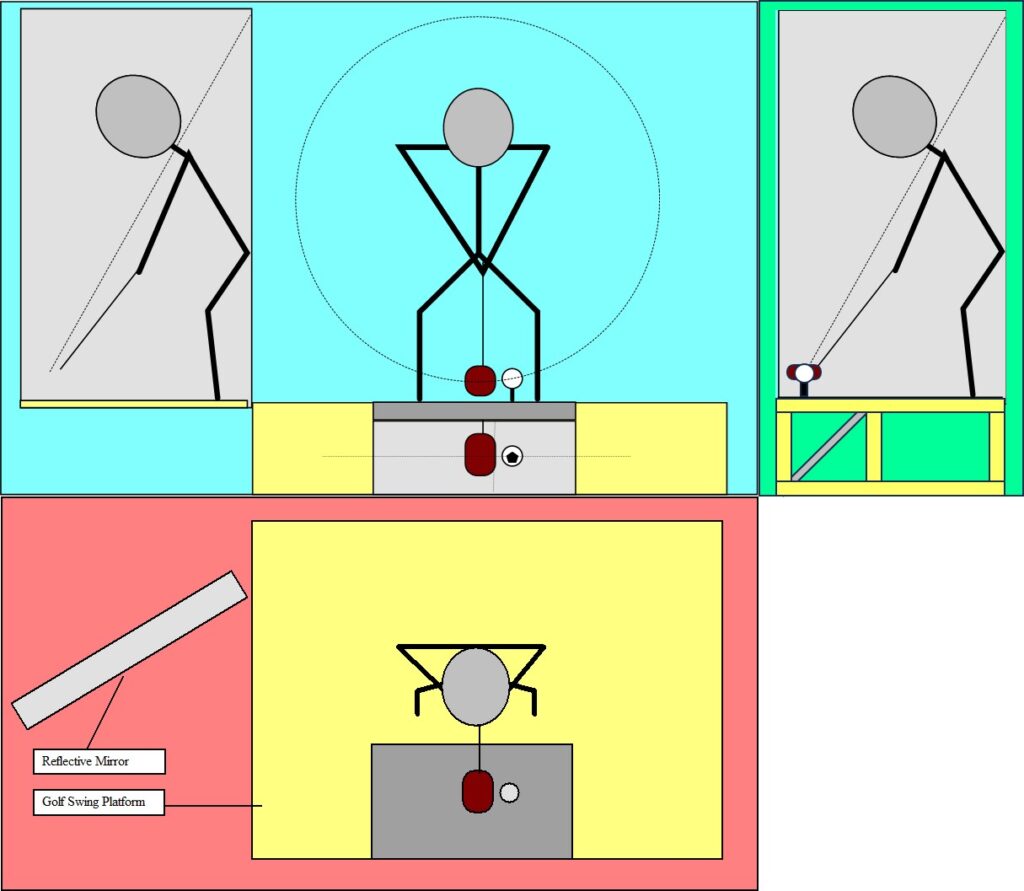
Golf Ball & Club Head Contact
The proper contact is if the club head hits the ball straight on and the head is perpendicular to the ball.
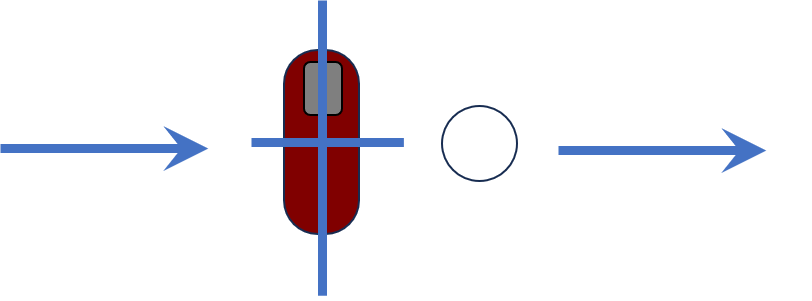
The first variation is related to how the club comes toward the ball. It will either come from the inside towards the outside or outside towards the inside. If it comes from the inside towards the outside, it will push the ball away and create counterclockwise spin resulting in a “Hook” flight. If it comes from the outside towards the inside, it will push the ball inwards and create clockwise spin resulting in a “Slice” flight.


The second variation is related to how the club contacts the ball. The club head can either be angled forward or backward when it contacts the ball. If the club head is angled forward, it will push the ball inwards and create a counterclockwise spin resulting in a “Hook” flight. If the club head is angled rearward, it will push the ball outwards and create a clockwise spin resulting in a “Slice” flight.
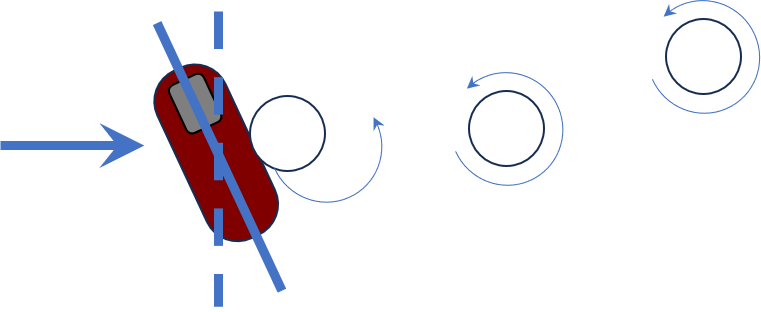
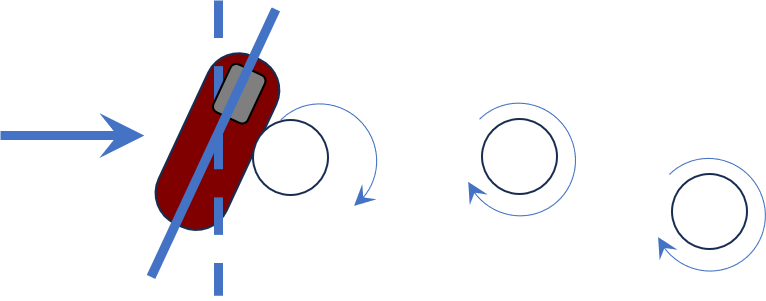
The System
The idea was to set up a VHS video camera in front of the stand so that it simultaneously captured the golfer and the related reflections in the two mirrors. The video could then be played back for the professional to analyze or the golfer themselves. The analysis would measure 1) the Angle of the Swing, 2) the Angle that club head approached the golf ball and 3) the Angle of the club head at impact. You could also determine club head velocity.
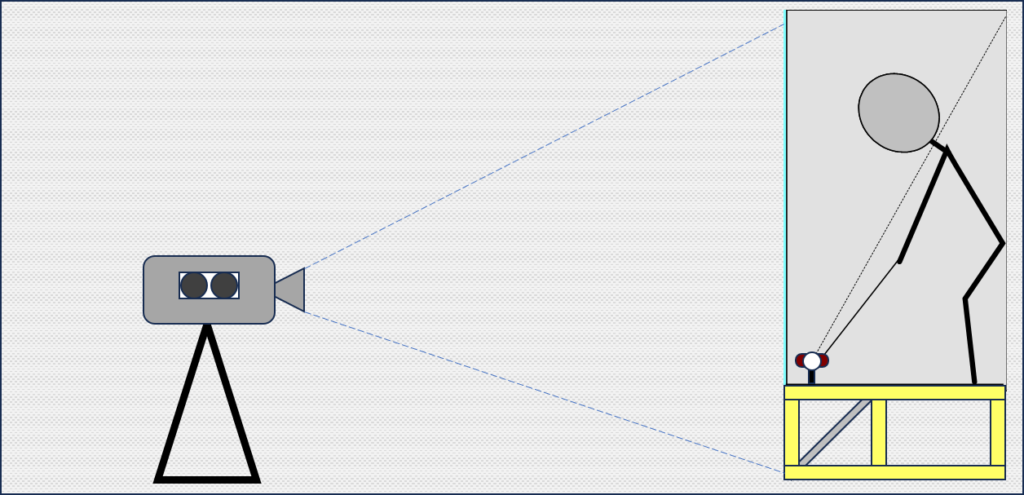
Computer Technology in 1994 versus Today
There were no smartphones, iPads, tablets, flat screen TVs or monitors, and No Google, Netflix, or Dropbox. (2) We were using Windows 3.1 and Windows 95 was still a year away. No cell phones as we know them today. In 1994 the first website was published on World Wide Web by Tim Berners-Lee. I was using AOL that was installed by a 3.5” floppy disc that had been mailed to me. We were using VHS tapes to watch and record movies. We used a fax machine because hardly anybody had an email address. I was doing my post-doc with Dr. Carole Zebas with the Human Performance Laboratory at the University of Kansas. Although the system worked in test scenarios, I needed to find a way to test it in a real-life scenario. The KU golf coach expressed some interest in trying the system but time restraints on my part prevented it from happening (I was working as a relief Veterinarian in the Kansas City metro area at the time to cover tuition and family living expenses). I presented it to a couple of local golf pros but they didn’t see how any technical system like this would help their businesses. Unfortunately I was never able to test it at a golf course or at a pro shop. I still felt good about it and realized the potentials of computer assisted analysis in performance analysis.
This is the part that is so fun for me as I look back. A few years later (2000) When I was at Auburn University, I purchased a four camera “Peak Performance” system that used four cameras that were cabled to four VHS VCR recorders all connected to a computer. It was a huge advancement for me in the field of veterinary kinesiology. Now days the industrial digital cameras used for the same type of systems, are much smaller and all go into one computer without the VCR’s. The bigger change is in field capture. Back then, we needed a large VHS camera recorder that was held on my shoulder or on a tripod to capture videos of activity. Also, a phone was attached to a wall or had a line to a desk and a cord to the handle. So much different from today, where we can use our phone to capture action videos.
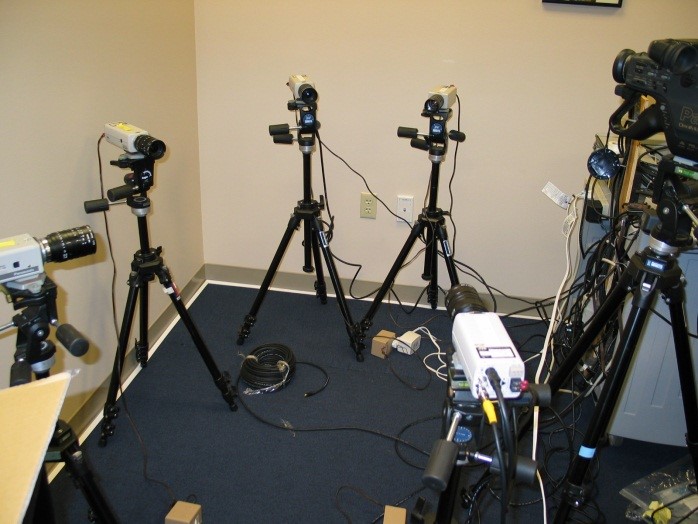
Phones, Tablets and Cameras
Technology and the analytical world have changed greatly in the past 30 years. It has been a nice ride experiencing all these changes over the years. Because of these advancements, we can now use a phone or tablet to capture video. The videos can then be played back on the device for review. Currently it seems that phones have the better cameras, but tablets are larger and that makes it easier for a coach to review the video with the athlete.
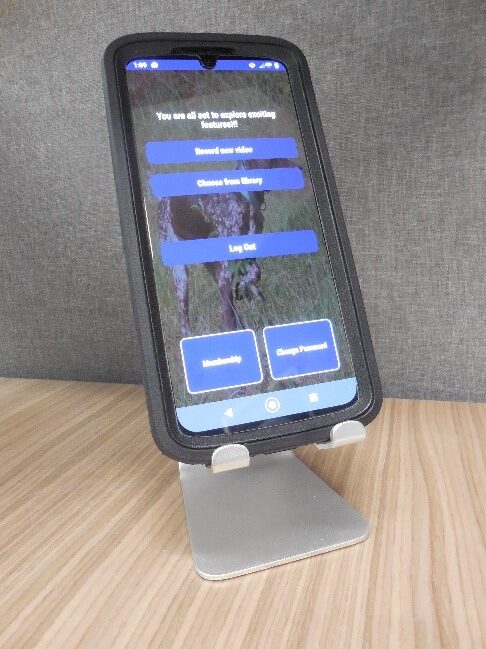
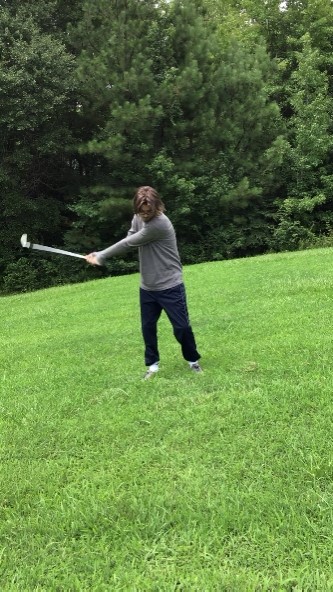
I am not the only one who is excited about and has an interest in understanding human and animal performance. I know there are many who would like to find ways to analyze athletic performance. That is why, over the past 10 years, I have been working on software or an app that is designed specifically for those individuals. I found that a PC based system is really too complex for use on a phone or tablet. Also, many times when we are analyzing sports or dog/horse events we are outside or are in locations with minimal internet access. So the app will need to be housed on the device. The SportsVet Performance Systems (SVPS) application for Android and IPhone/IPad devices is designed for anyone who wants to capture and analyze video of athletes, working/athletic dogs and/or horses. It can either capture videos using the camera on your device or you can view videos from your video library. It allows you to play the video in slow motion, where you can select how slow you want it to play. A lot phones can do this, but the SPVS App can save the slo-mo version on your device to play back to view whenever you want. You can then use it to demonstrate some action to an athlete you coach or to a dog/horse owner to demonstrate to them what is happening. It also allows you to take a snapshot off of the video and add descriptive markers and text.
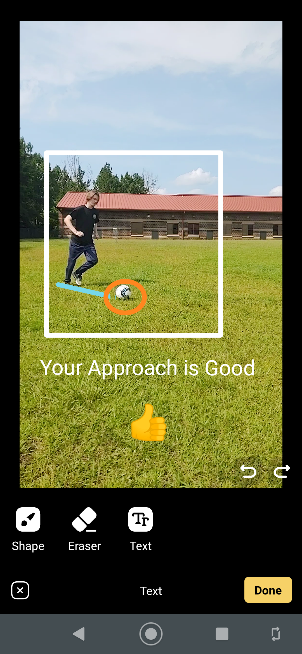
After years of working in this field, I feel that I have developed an app that can do almost everything I was trying to do 30 years ago. As I said, I am totally in awe of how our world’s technology has advanced in the past 30 years. Just as everything has changed with time, I think it will continue to change. I see this app as a fluid project. As I get feedback on the needs of the users, I can hopefully continually improve the app meet these needs.
References:
(1) Cochran, Alastair & Stobbs, John, The Search for the Perfect Swing. J. B. Lippincott, Philadelphia and New York (1968).
(2) “No Google. No Netflix. No iPhone. This Is What Tech Was Like In 1994” Julie Bort Aug 18, 2014, 6:49 PM EDT, https://www.businessinsider.com/tech-in-1994-the-year-the-web-was-born-2014-8
© Robert L. Gillette, 8/9/2024

Recent Comments